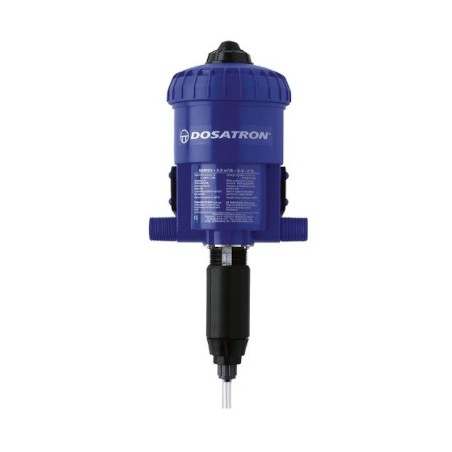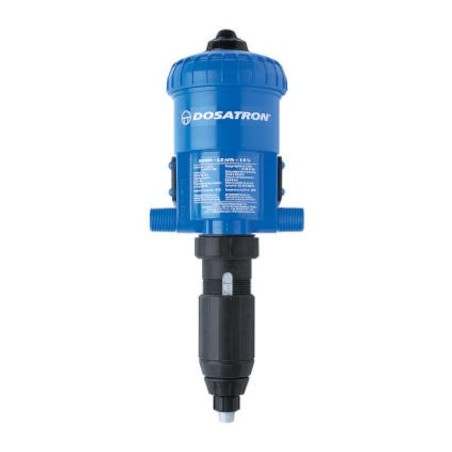To tell the truth, there is no clear answer to these questions; in fact, answers will depend on whom you ask. If you talk to a pig producer, he will speak about gut health in terms of "high productivity", while a veterinarian will define it as the "absence of disease" and a nutritionist, perhaps, in terms of "good absorption". Who is right? Everybody.
Swine production is nowadays characterized by being extremely intensive. Industrial economic benefits are related to the use of hyperprolific sows, giving birth to more and more piglets every year (and smaller every year too). Highly selected genetics with lower conversion rates, extremely volatile prices of raw materials and a pork price that is... let’s say, unstable. In summary, there is no doubt that in the current swine industry, only those who have an exquisite handling of costs will earn money, being the minimum that allow them to stick to an optimum productivity. At this point is where gut health concept becomes important.

In particular, one of the most critical moments where gut health should concern us is in the early-weaning phase of piglets. In general, piglets of our farms are weaned much earlier (between 21 and 28 days) than would be expected in a natural environment (around 17 weeks, according to Jensen and Recén (1989)). At that moment, piglets face important changes in diet, environment and complex social changes, being abruptly separated from their mothers and littermates. Altogether causes piglets to suffer a strong stress, which triggers a period of hyporexia or anorexia at a very inopportune moment. Piglets at this phase are still immature in terms of their digestive, immune and thermoregulation capabilities. Besides, they still have an unstable microbiota, so they are predisposed to attacks by opportunistic pathogens that can seriously affect their productivity. This process is known as the post-weaning syndrome, you may find more information in magnificent reviews made by Pluske et al., 1997, Lallès et al., 2007, Heo et al., 2013 or at the attached video.
The way our industry has traditionally dealt with this situation is through medicated diets with antibiotics or overdosing of minerals (zinc oxide (ZnO) at therapeutic levels) in their formulas. However, it is largely known that the use of antibiotics as growth promoters was restricted in Europe a few years ago (Regulation (EC) No 1831/2003). Moreover, currently there is a strong worldwide pressure to reduce therapeutic use too, not only of antibiotics (WHO, 2017) but also of ZnO (CVMP, 2016); for the public health and environmental problems that they entail. Literally, governments and major global agencies are telling us that it is time to "REDUCE, REPLACE, and RETHINK" the use of these products.
In this context is where we may understand the importance of intestinal health. On the one hand, swine industry is facing the challenge of producing high quality and affordable pork. On the other hand, the cost of the diet represents more than two-thirds of the total production costs (Patience, 2012), turning feed efficiency critical for the industry survival. Thus, we have to look at the intestinal tracts of our animals beyond their pure biological function as a tract where nutrients are absorbed. The intestines are, in turn, one of the most important organs for the immune response of our animals, since they are the first line of defense against the environmental pressure of pathogens.
However, we must be extremely cautious, because gut health is a field with its lights and shadows. The activation of the intestinal immune system (with more than 70% of the immune cells of the body) will have a direct cost in terms of energy, and therefore, will directly affect the productive efficiency (Willing et al., 2012). However, we can only produce animals that grow at high speeds with a healthy gut, preventing them from getting sick and using nutrients efficiently to produce energy, tissues, and eventually, money.Overall, swine industry is nowadays subject to strong pressures such as legislation, environment, economy, public health and public opinion. Is gut health another pressure for the industry to be concerned? No. In fact, gut health can be a strategy to help us in all of the previous. Gut health is a "tool" for pig production. However, it is not easy to use. The challenge of gut health is to find strategies and products that allow us to position ourselves in this green area of balance between health and illness, between costs and benefits. In the next articles, we will describe how.







